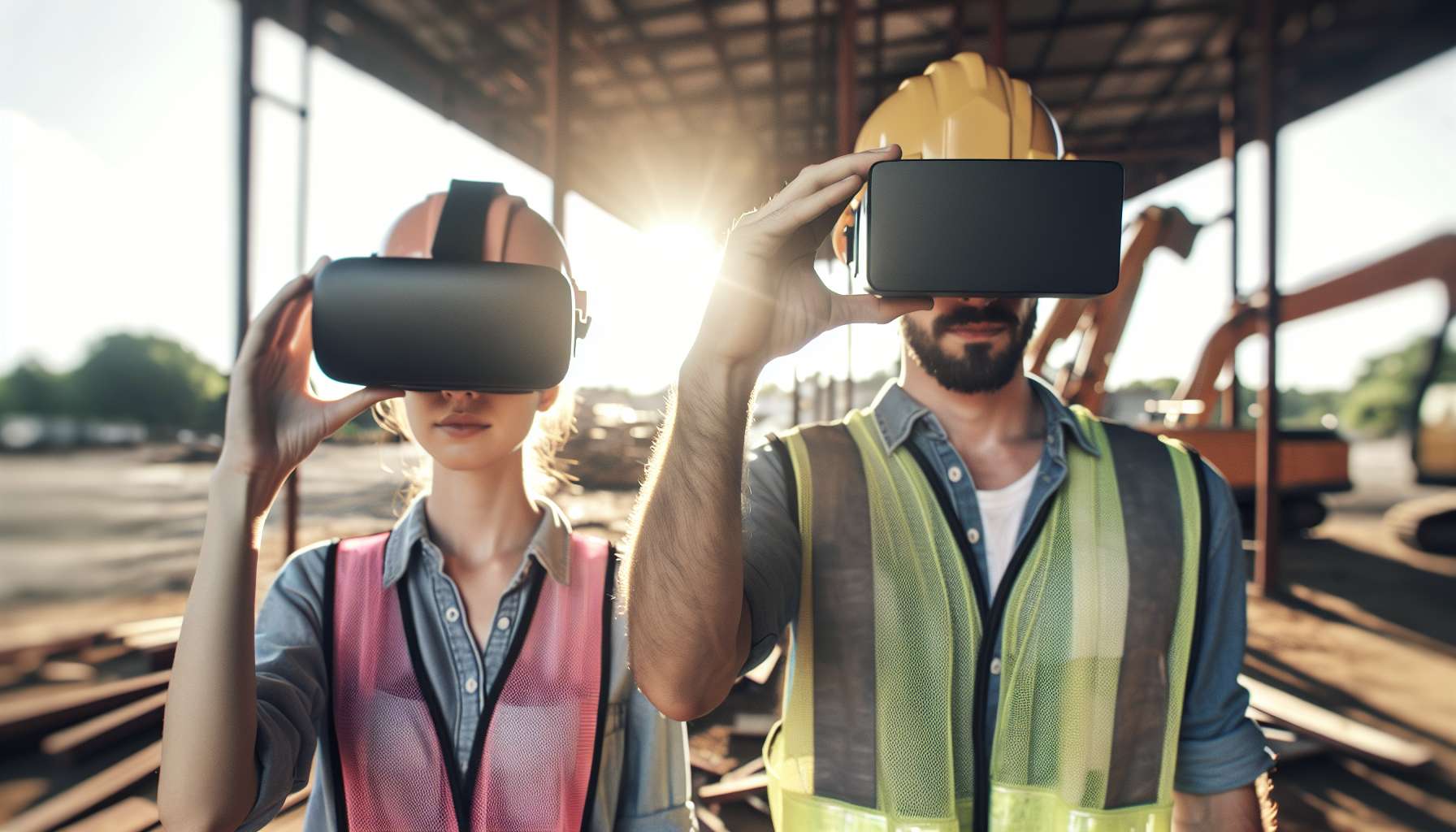Understanding the Difference: AR vs. VR in Construction
When it comes to incorporating cutting-edge technology into the construction industry, augmented reality (AR) and virtual reality (VR) are two terms that often come up. Both AR and VR have the potential to revolutionize the way construction projects are planned, executed, and managed. However, it’s important to understand the differences between these two technologies in order to choose the best one for your specific construction project.
Augmented Reality (AR) in Construction
Augmented reality is a technology that overlays digital information onto the real world, enhancing our perception and interaction with the physical environment. In the context of construction, AR can provide real-time, interactive visualizations of building designs, allowing architects, engineers, and contractors to see how the finished project will look and function in the real world.
One of the key advantages of AR in construction is its ability to improve collaboration and communication among project stakeholders. With AR, everyone involved in the project can visualize and understand complex design concepts more easily, reducing the chances of miscommunication and errors. AR can also be used for on-site training, allowing workers to see step-by-step instructions overlaid on the physical environment, improving efficiency and safety.
Virtual Reality (VR) in Construction
Virtual reality, on the other hand, creates a completely immersive digital environment that users can interact with. In the construction industry, VR can be used to create virtual walkthroughs of building designs, enabling stakeholders to experience the space as if they were physically present. This can be particularly useful during the design phase, as it allows for early detection of design flaws and helps clients visualize the end result.
VR can also be utilized for training purposes, simulating hazardous construction scenarios in a safe and controlled environment. By immersing workers in realistic virtual situations, VR training can improve their skills, reduce accidents, and enhance overall job performance.
Choosing the Best Technology for Your Project
When deciding between AR and VR for your construction project, it’s important to consider your specific needs and goals. Here are a few factors to consider:
- Visualization: If you need to visualize and interact with digital information overlaid on the real world, AR is the way to go. If you require a fully immersive experience to explore and experience a virtual environment, VR is the better choice.
- Collaboration: If you want to improve collaboration and communication among project stakeholders, AR’s ability to overlay digital information onto the physical environment can be highly beneficial. VR, on the other hand, may be more suitable for individual exploration and design review.
- Training: If you need to provide realistic training experiences for workers, VR’s immersive nature can be highly effective. AR, on the other hand, can be used for on-site training and guidance.
Ultimately, the choice between AR and VR in construction depends on the specific requirements of your project. It’s worth noting that these technologies are not mutually exclusive, and can often complement each other. For example, you can use AR during the design and construction phases, and then switch to VR for immersive client presentations.
As technology continues to advance, the potential applications of AR and VR in construction are only going to expand. By embracing these technologies, construction professionals can enhance collaboration, improve project outcomes, and stay ahead of the competition. So, whether you choose AR, VR, or a combination of both, the future of construction looks promising with these innovative tools at your disposal.





